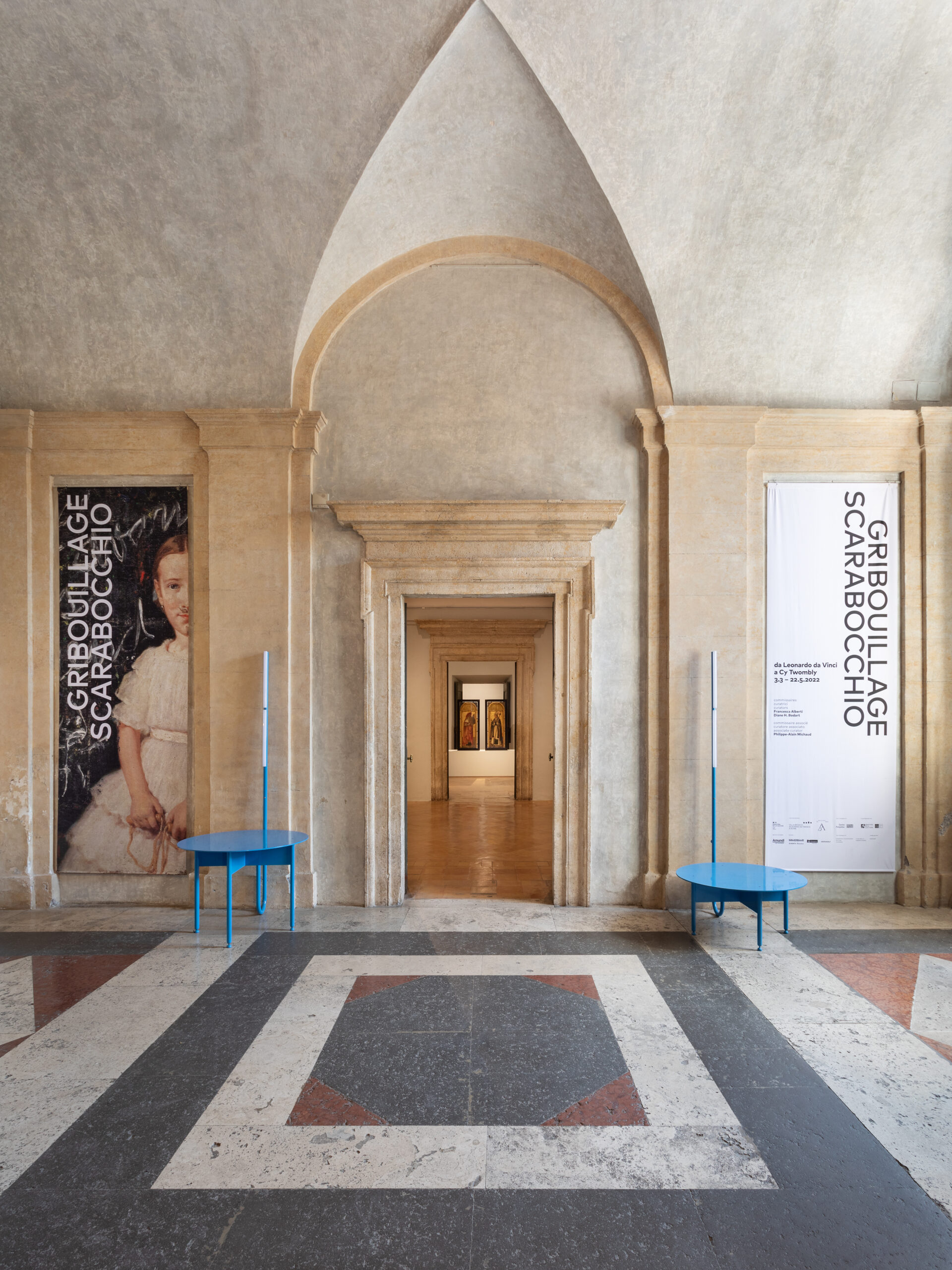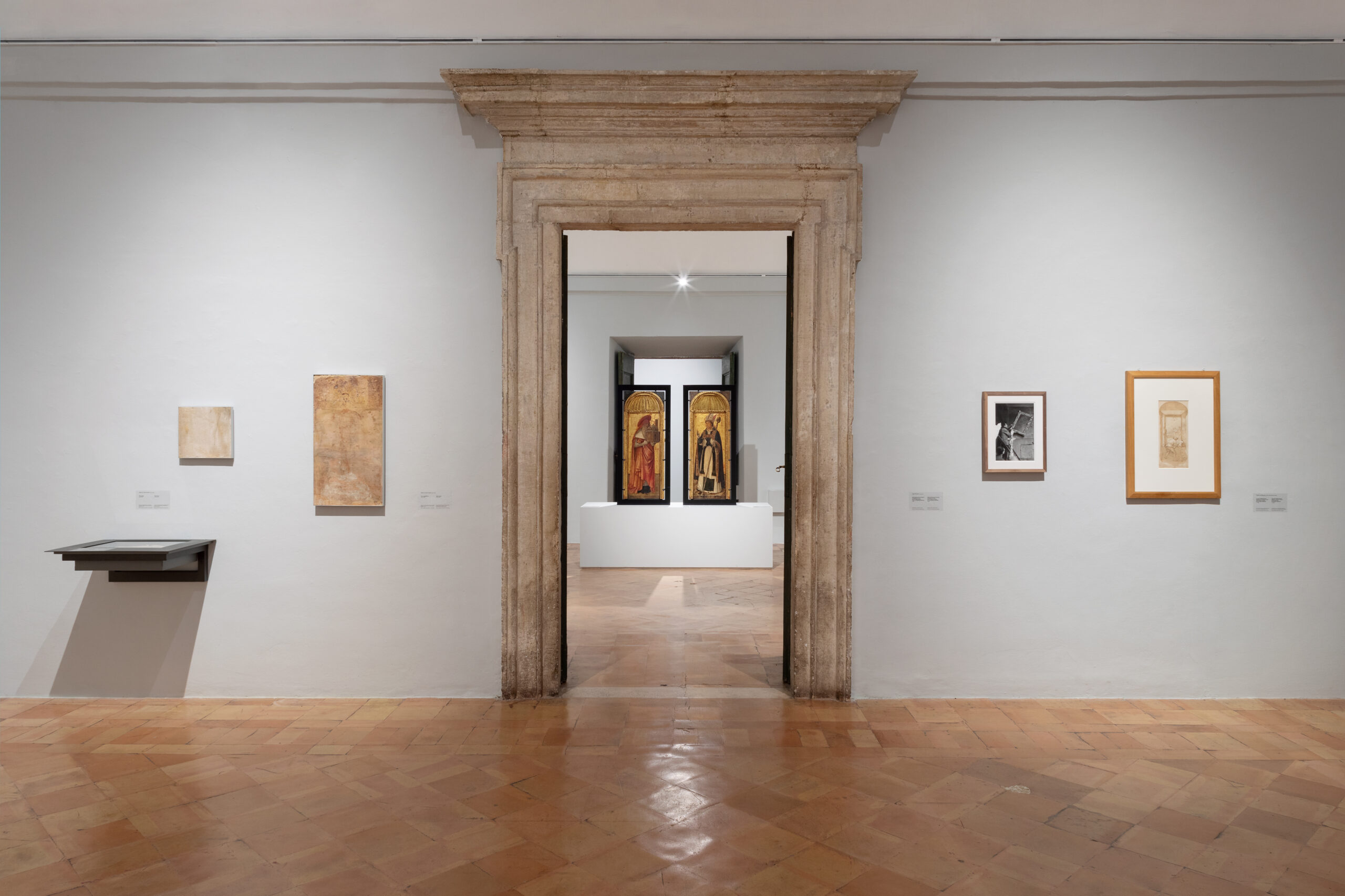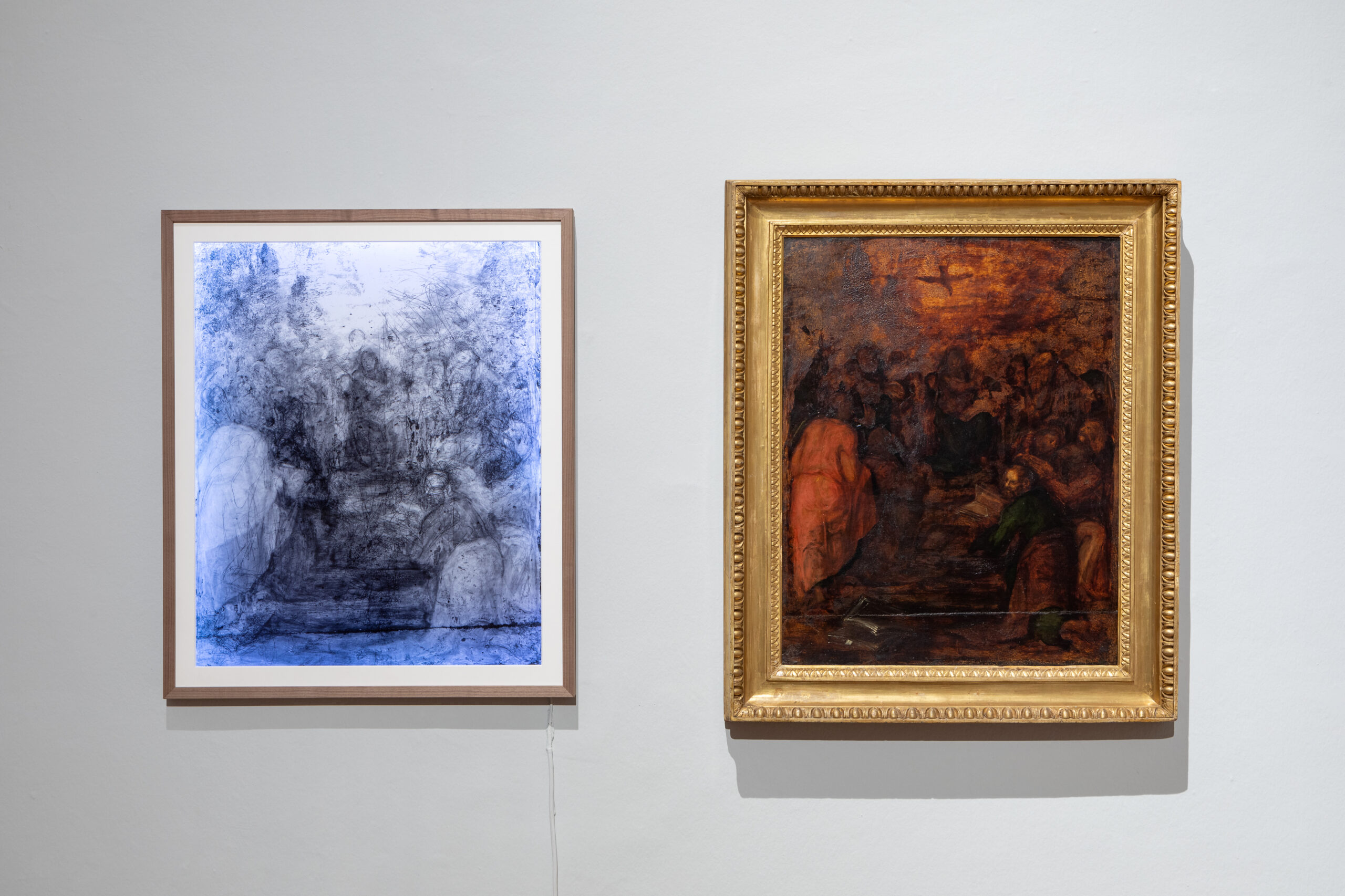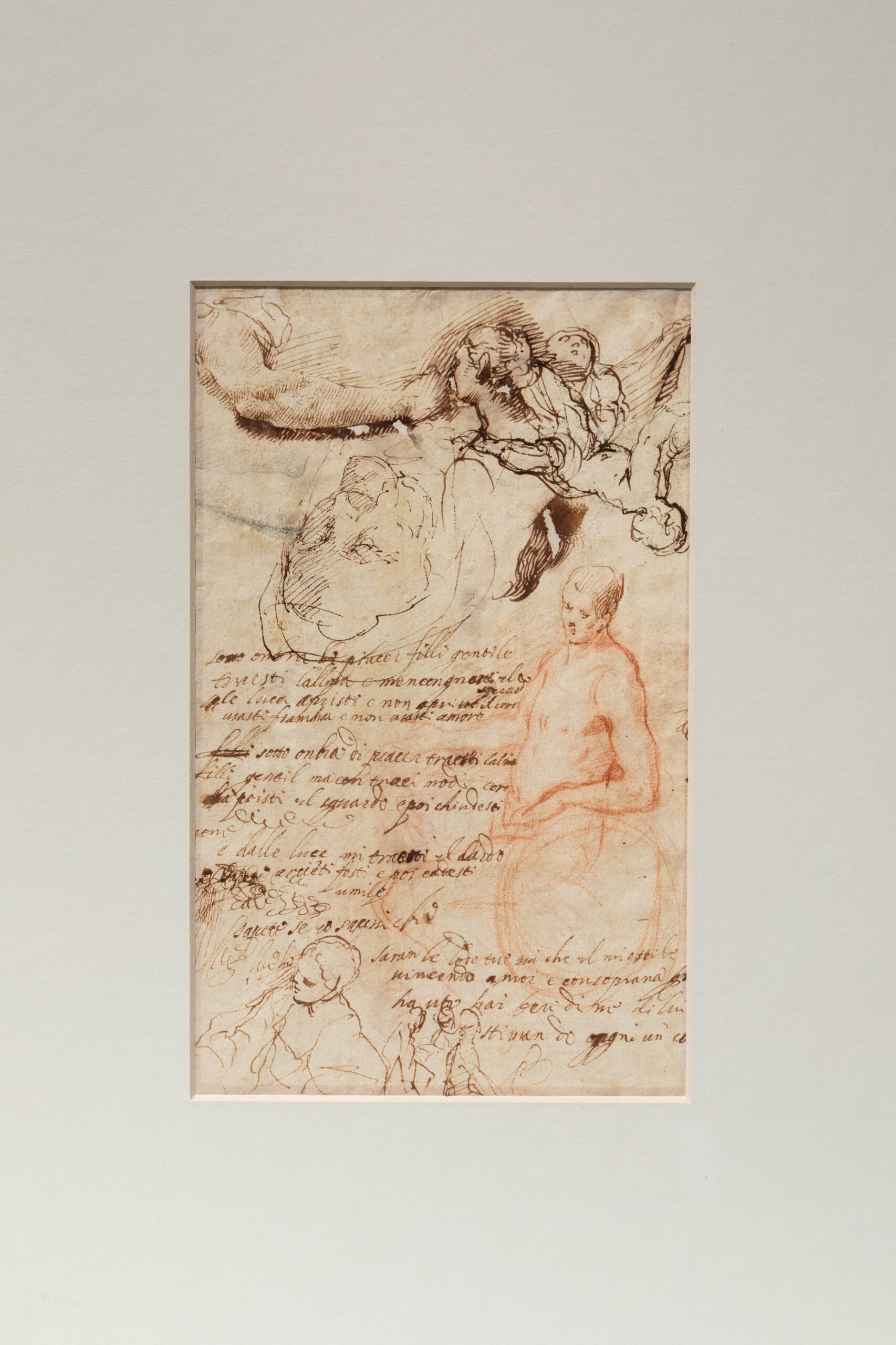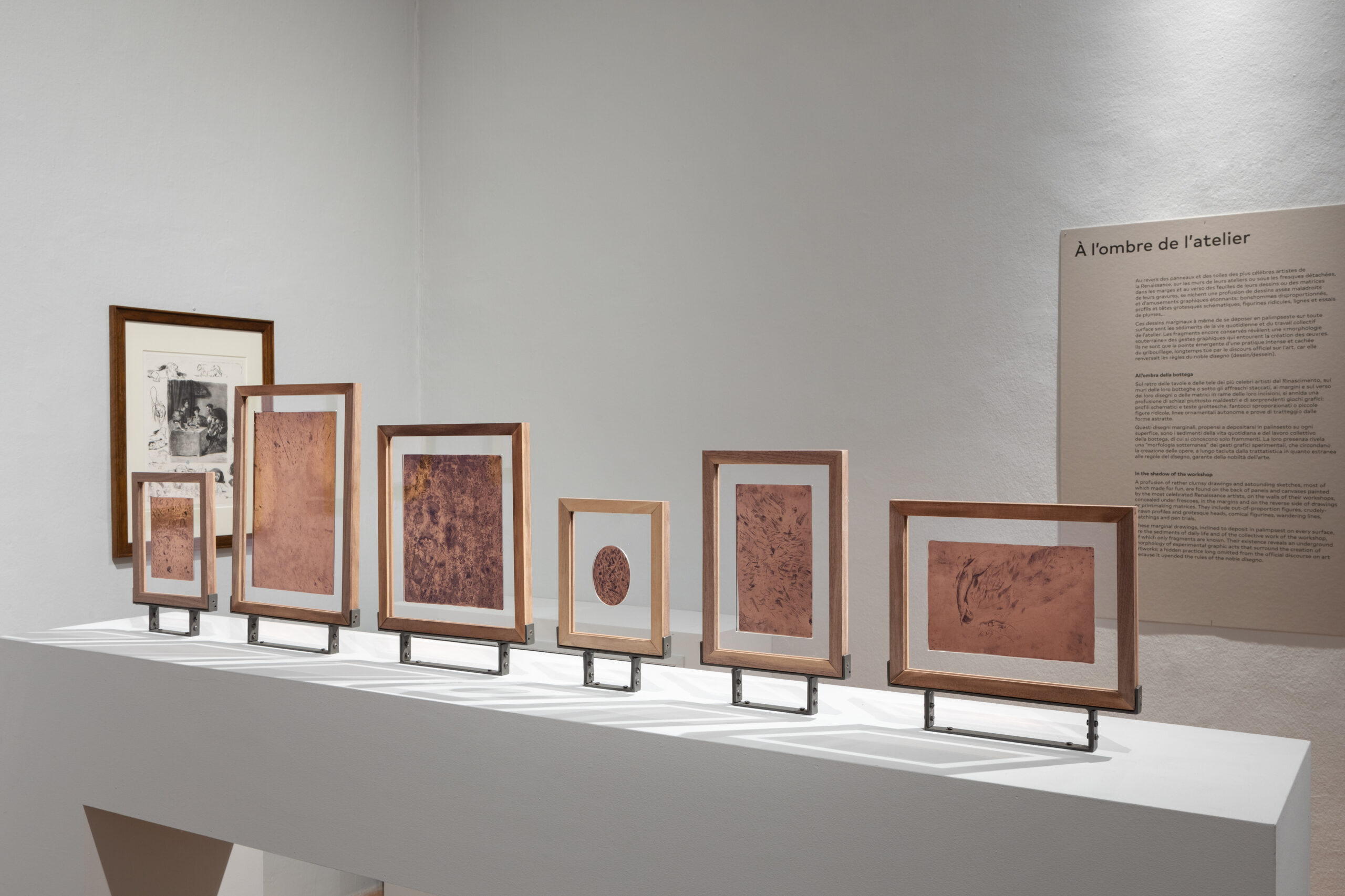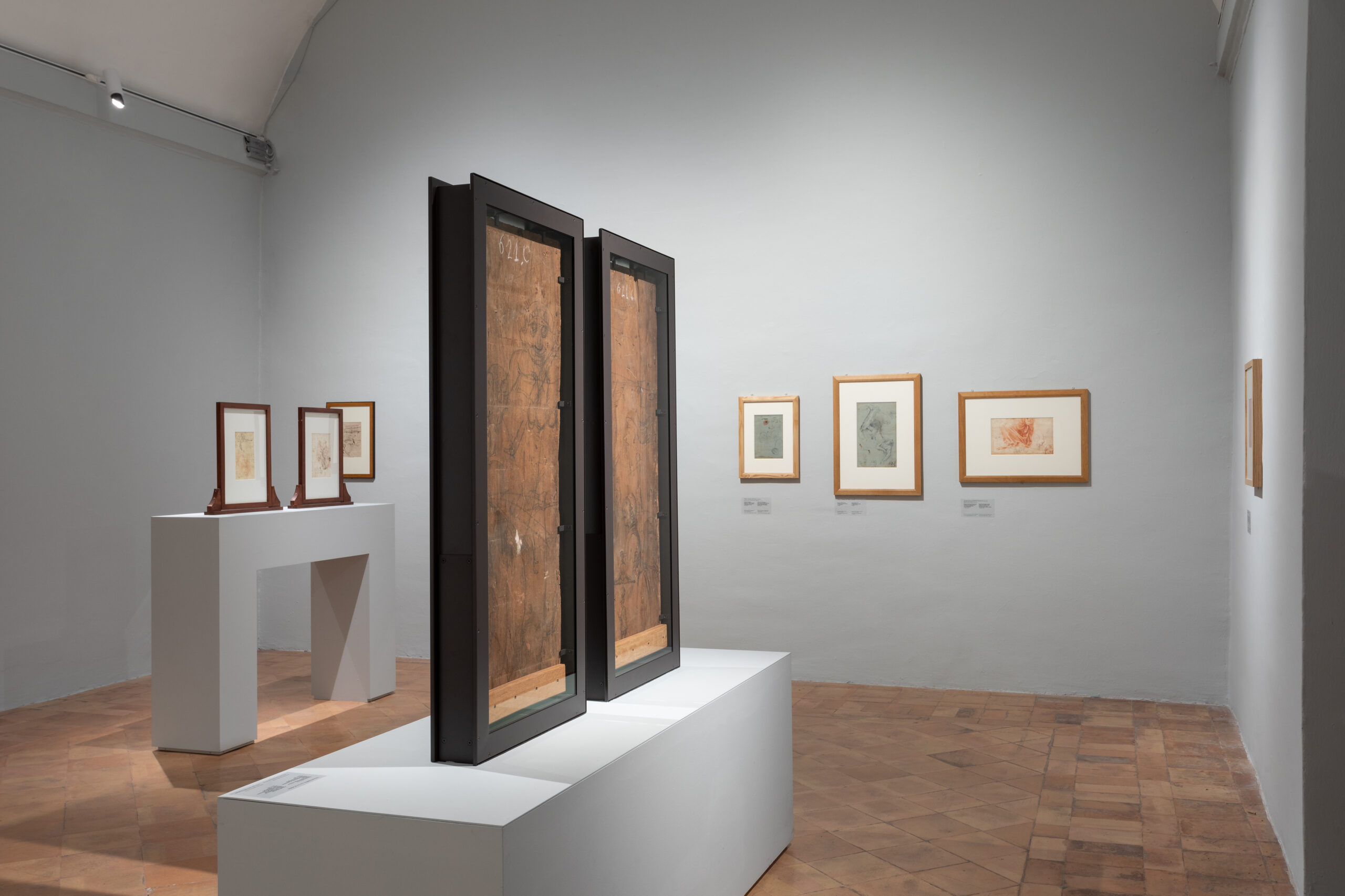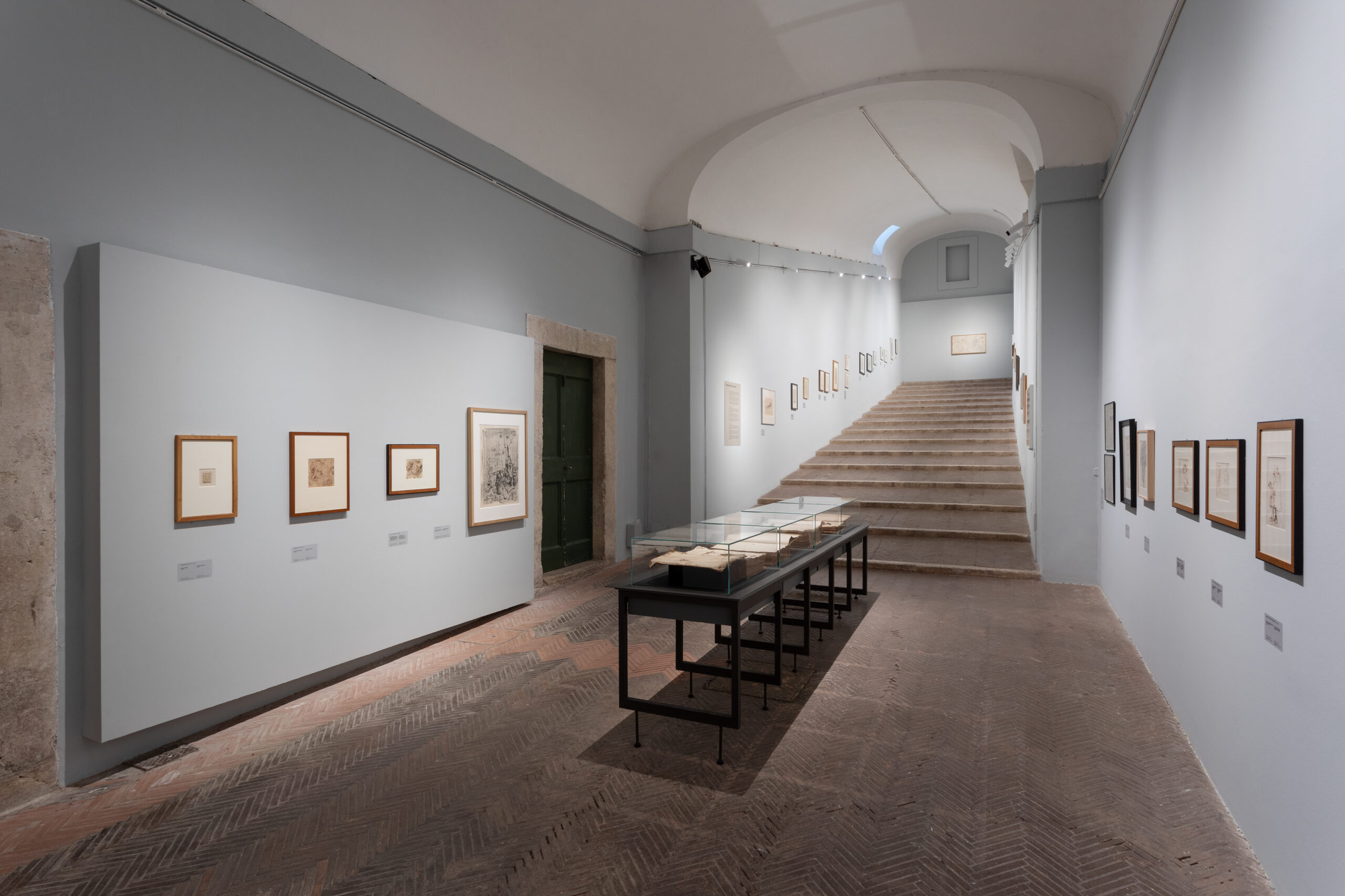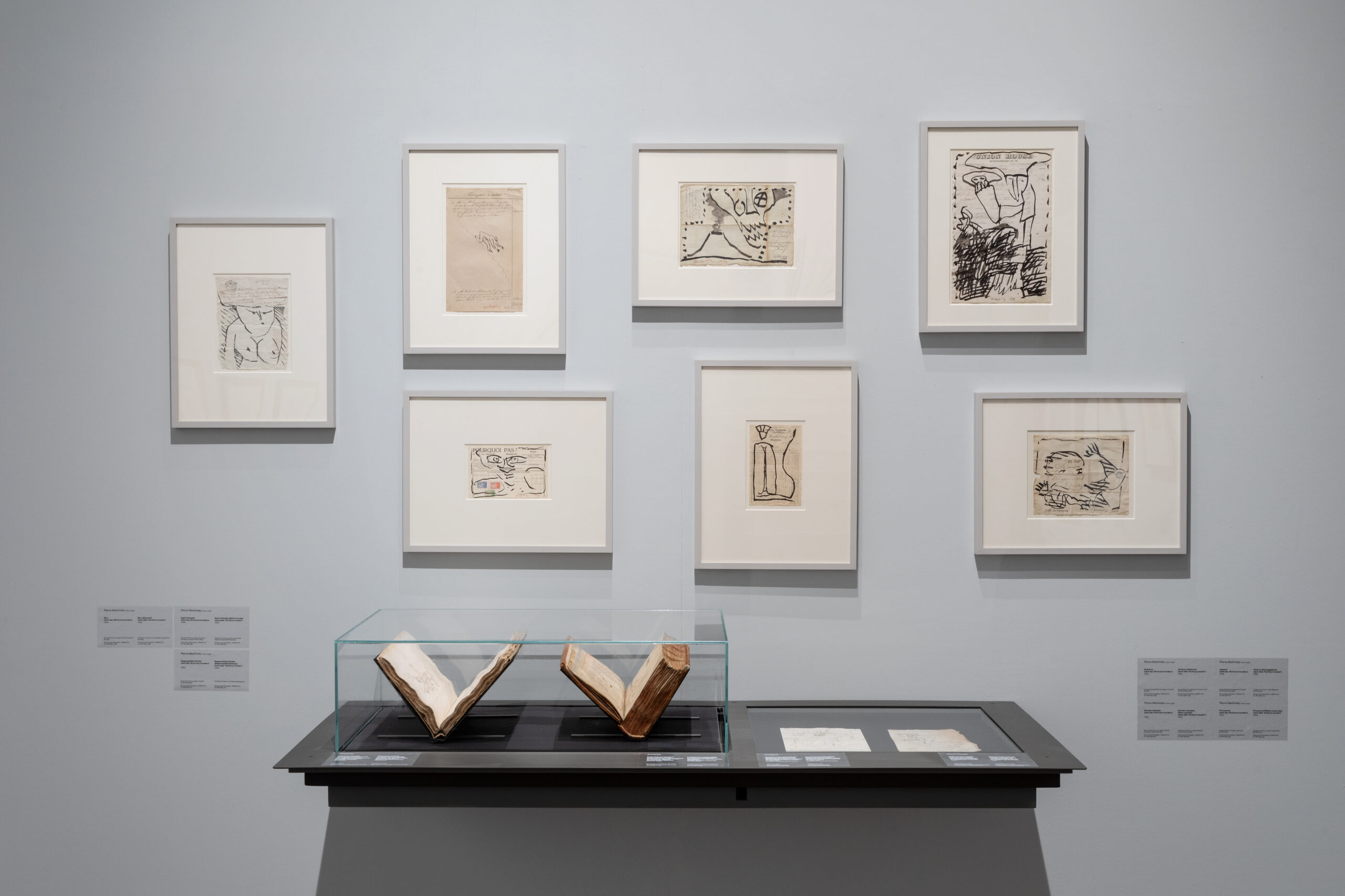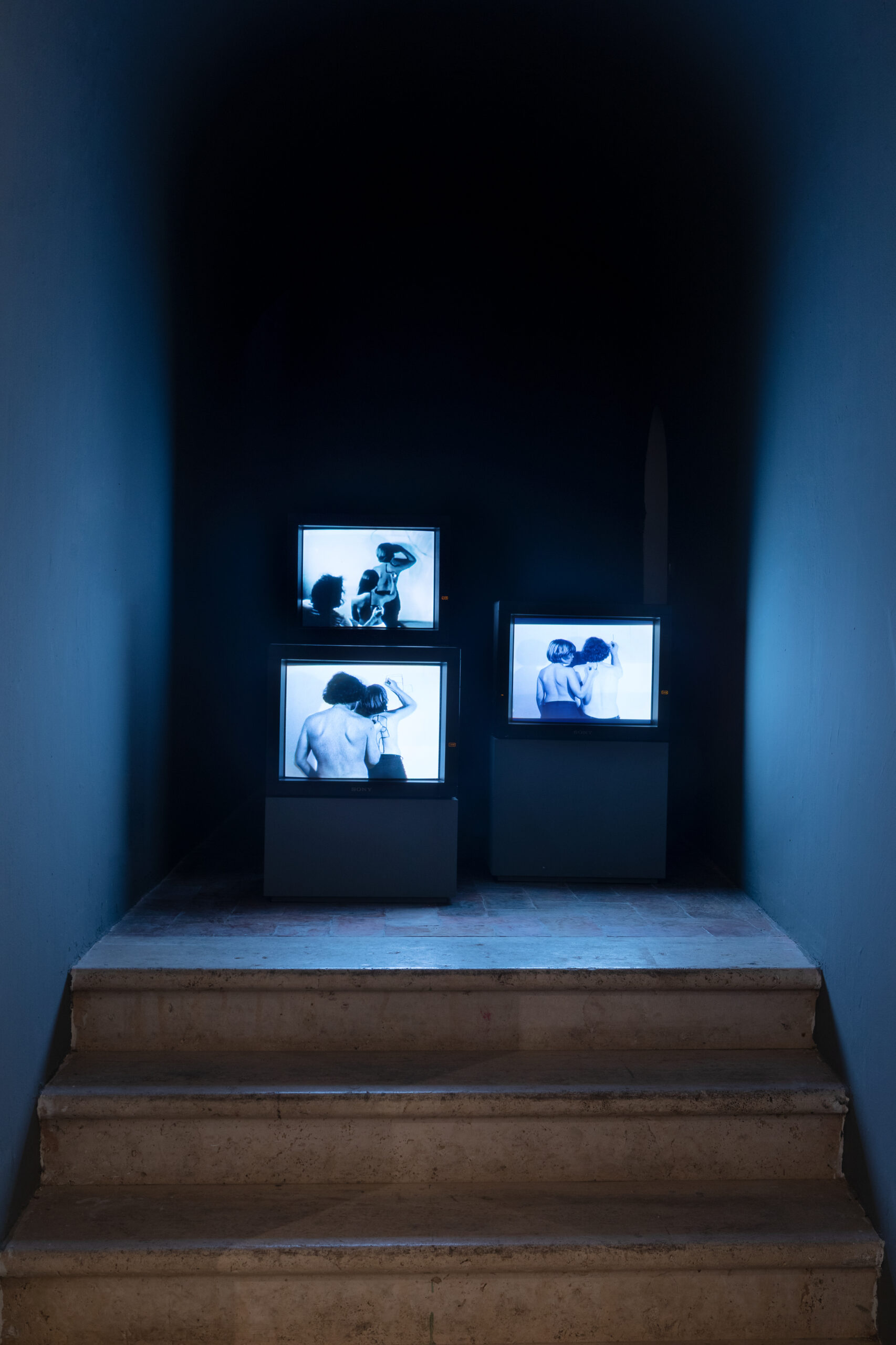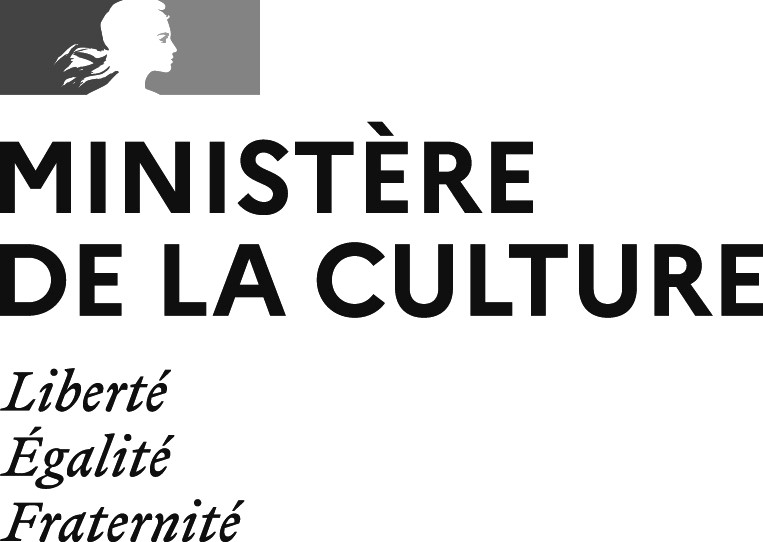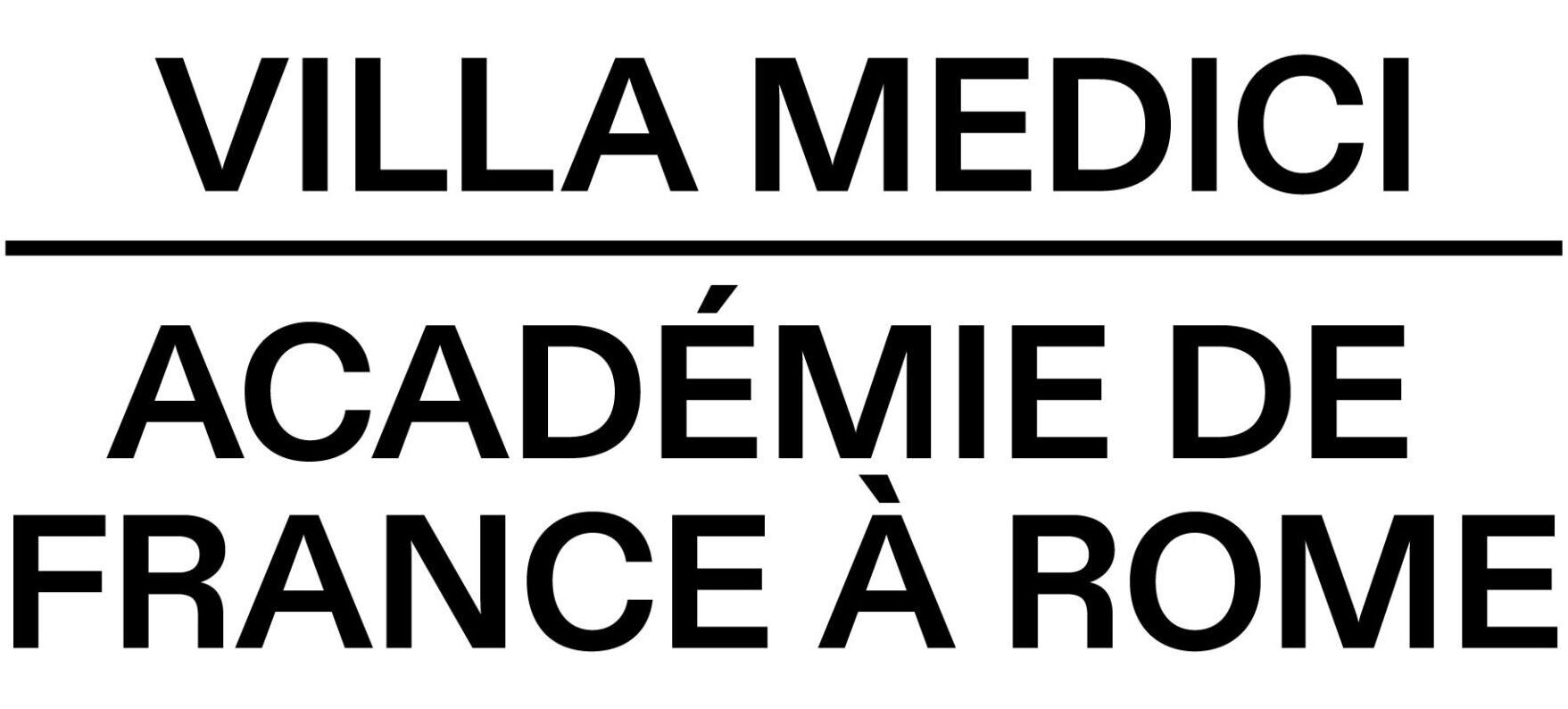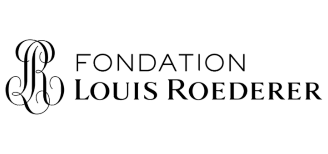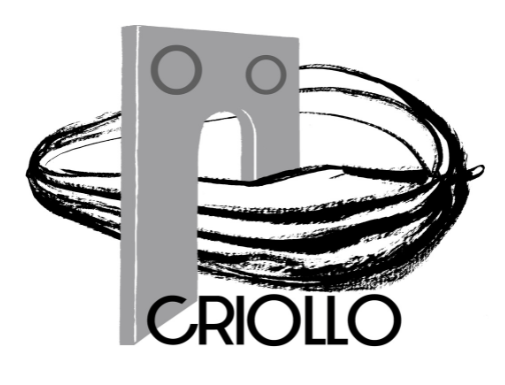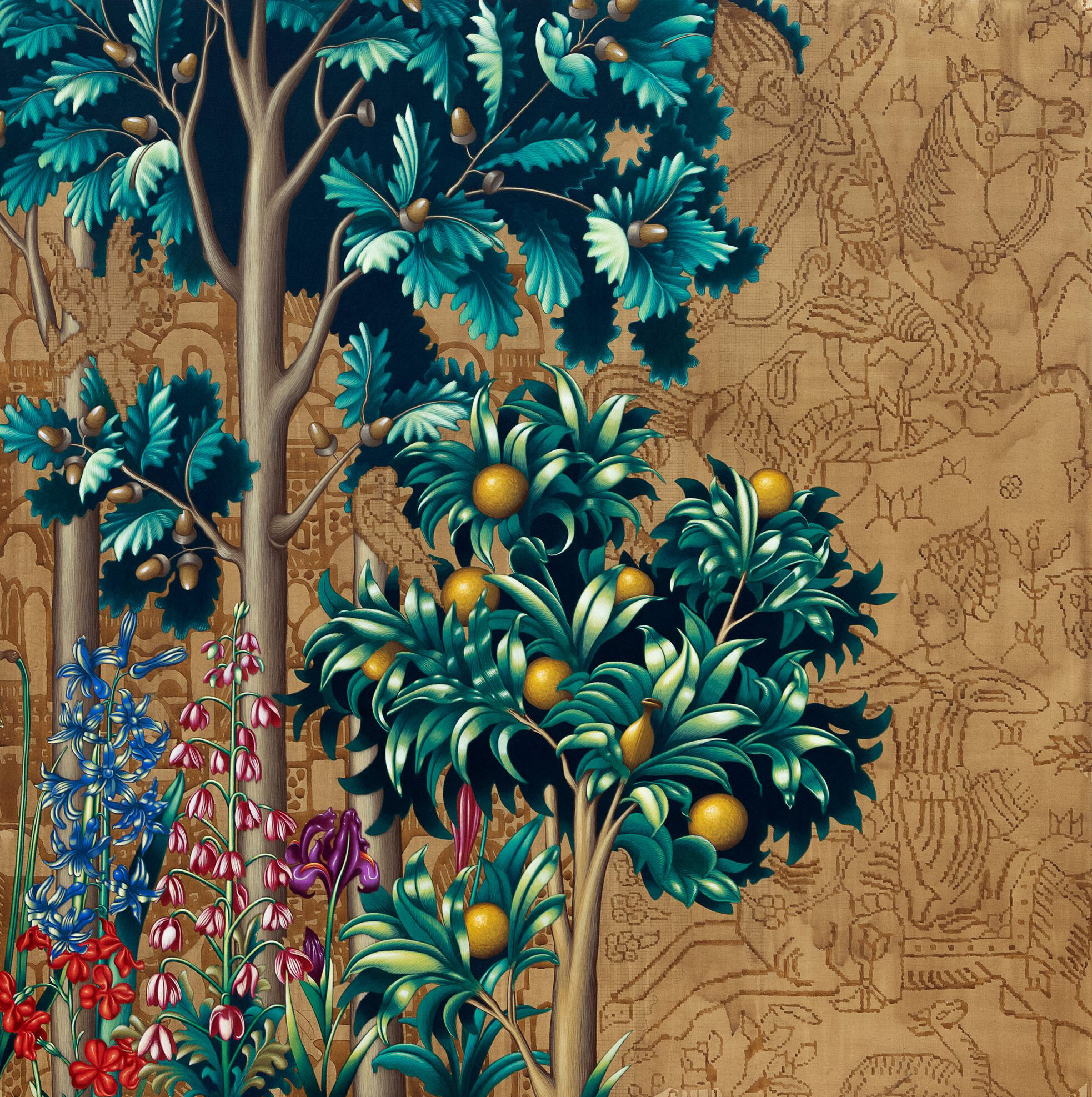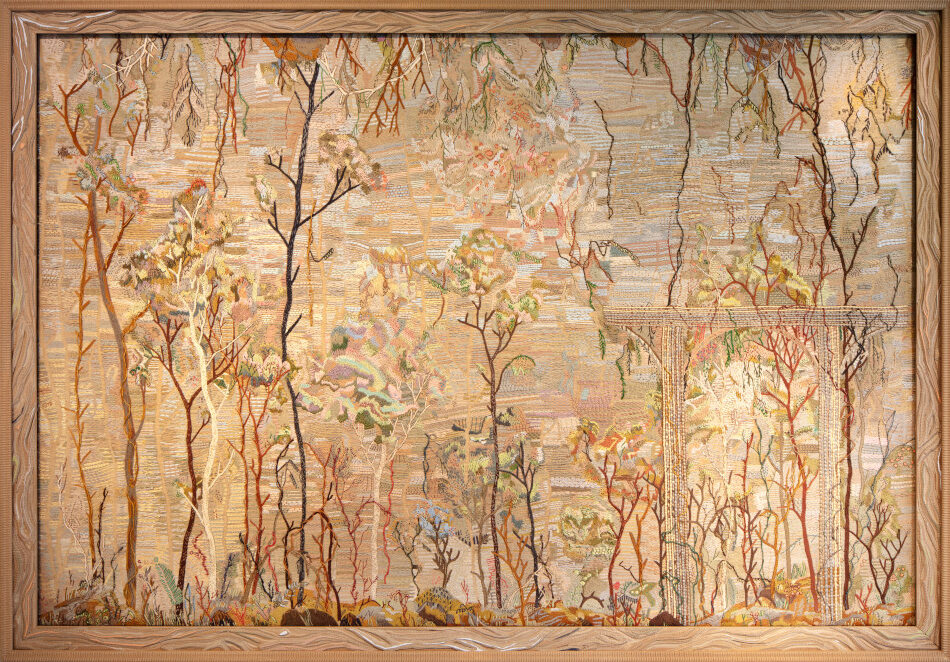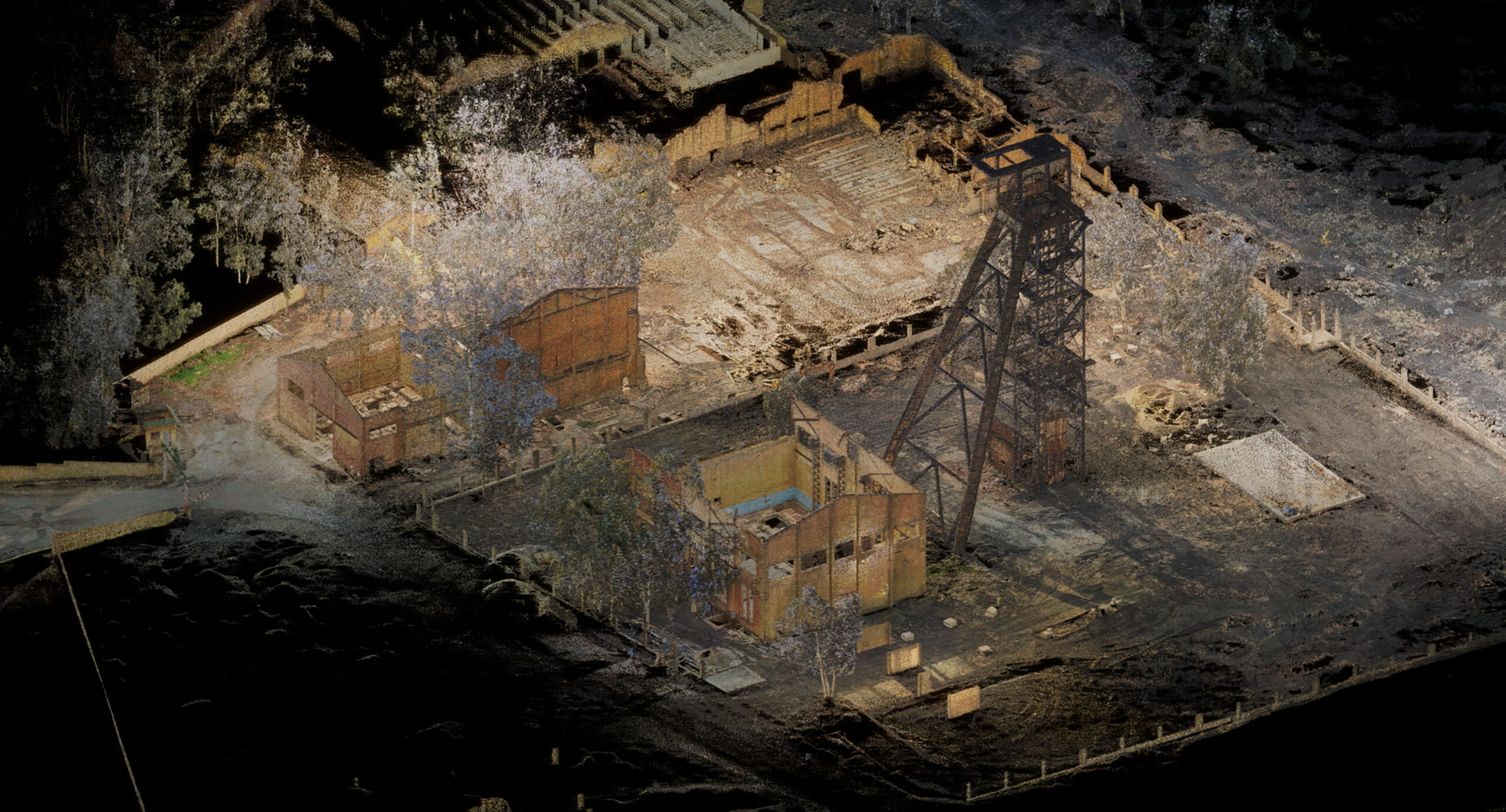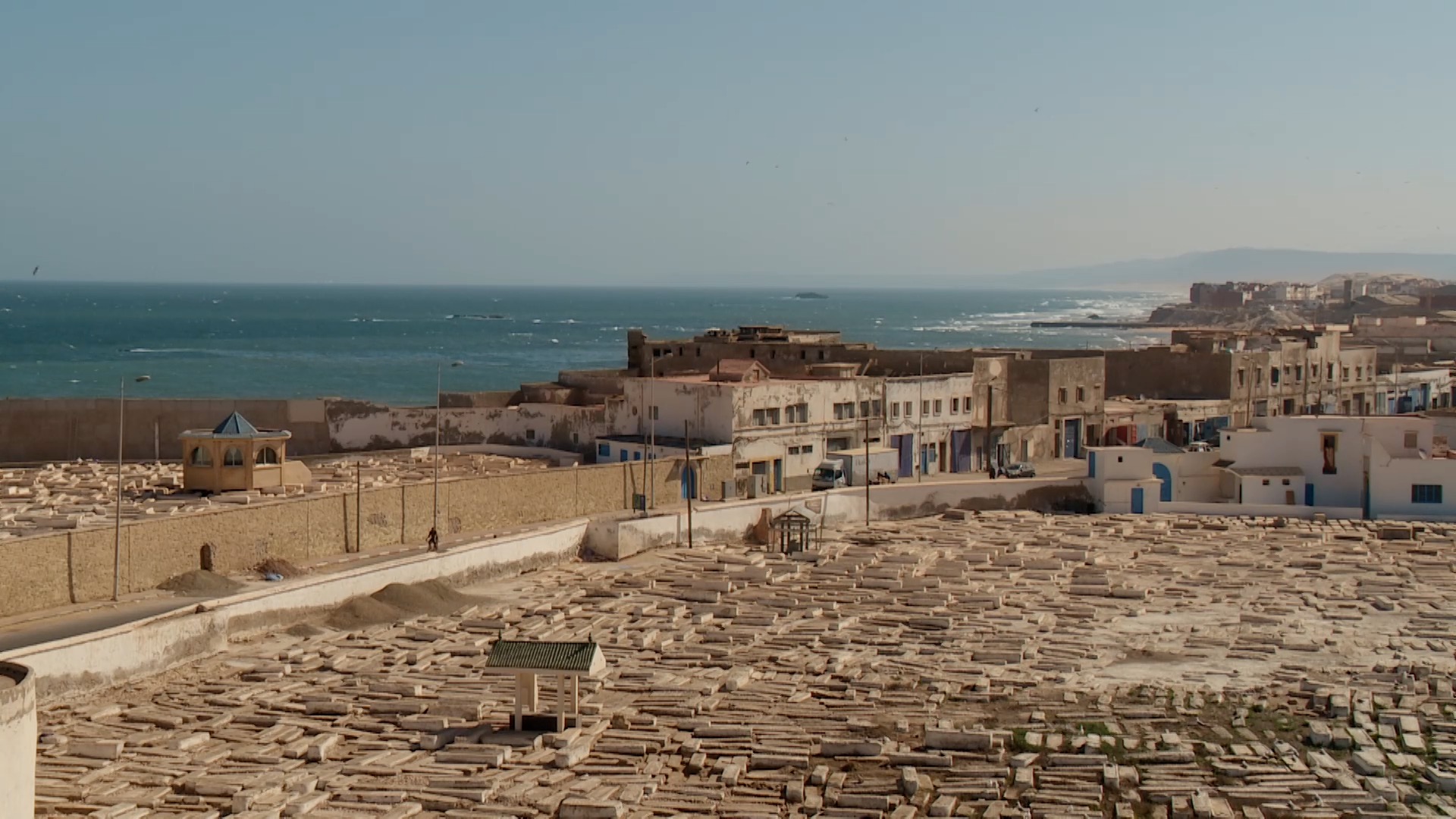Search
GRIBOUILLAGE / SCARABOCCHIO
From Leonardo da Vinci to Cy Twombly
03.03 - 22.05.2022

- Curators
- Francesca Alberti
- Diane Bodart
- Anne-Marie Garcia
- Giorgio Marini
- Philippe-Alain Michaud
Bringing together nearly 300 original works from the Renaissance to the present day, the exhibition’s two presentations shed light on one of the most repressed and uncontrolled aspects of drawing practice. Examining the many facets of doodling, from the daubed sketch on the reverse of a painting to the scribble as a work of art, the exhibition reveals how these experimental, transgressive, regressive or liberating graphic gestures, which seem to obey no laws, have punctuated the history of artistic creation from time immemorial.
The Renaissance, in order to free itself from the constraints of what was later called “academic” drawing, indulged in free, instinctive and gestural graphic forms, reminiscent of the rudimentary drawings of children, the calligraphic ramblings in the margins of manuscripts or the graffiti of anonymous hands covering city walls. Picasso, referring to children, said: “It took me a lifetime to learn to draw like them”; Michelangelo was already having fun imitating the clumsily graffitied puppets on Florentine facades. The exhibition explores this hidden side of the artist’s work, inviting visitors to shift their gaze to the reverse side of the paintings or the walls of the studio, to the margins of the drawings or under the decorations of the detached frescoes….
By bringing together works by the masters of early modernity – Leonardo da Vinci, Michelangelo, Pontormo, Titian, Bernini… – with those of major modern and contemporary artists – Picasso, Dubuffet, Henri Michaux, Helen Levitt, Cy Twombly, Basquiat, Luigi Pericle… – the exhibition blurs chronological classifications and traditional categories (margin and center, official and unofficial, classic and contemporary, work and document) and places the practice of doodling at the heart of artistic making.
The fruit of a long-term research project led by the curators, the exhibition, co-produced with the Beaux-Arts de Paris, is the result of extensive international coordination. It is supported by the Centre Pompidou in Paris, and by a partnership with the Istituto Centrale per la Grafica in Rome, a national institution dedicated to the graphic arts.
Scribble / Scarabocchio. From Leonardo da Vinci to Cy Twombly has received outstanding loans from prestigious Italian and European institutions, including: Galleria degli Uffizi, Florence; Gallerie dell’Accademia, Venice; Museo e Real Bosco di Capodimonte, Naples; Biblioteca Reale, Turin; Opera Primaziale Pisana, Pisa; Musée du Louvre, Paris; Staatliche Museen, Berlin; Museu Nacional Soares dos Reis, Porto; Bibliothèque Sainte-Geneviève, Paris; Casa Buonarroti, Florence; Archivio Nazionale di Stato, Rome; Musée du Petit Palais, Paris…
The two complementary exhibitions will each feature a unique selection of works and a unique setting. The Roman exhibition will feature some 150 works, and will be divided into six thematic sections that bring together ancient and contemporary works.
The two exhibitions in Rome and Paris are structured around a core of shared works, including: portions of the walls of the studios of Mino da Fiesole and Giacometti; the painting of L’Enfant showing a drawing by Giovanni Francesco Caroto; photographs by Brassaï and Helen Levitt; and several emblematic works by Cy Twombly, Asger Jorn, the Cobra group, Luigi Pericle and modernist masters such as Giacomo Balla.
Thematic sections
1. In the shadow of the studio
Behind the panels and canvases of the most famous Renaissance artists, in the margins and verso of their leaves, beneath the detached frescoes, nestle a profusion of astonishing and mostly unknown drawings and graphic amusements. The exhibition brings together and reveals this hidden aspect of artistic creation.2. The game of drawing
The game of drawing, which artists indulge in at a time reserved for relaxation and recreation, gives free rein to experimentation and the development of a “scribbled style”. This process of “controlled regression” is one of the premises for the development of caricature as an art form in its own right.3. Compositions incultes
Componimento inculto : this oxymoron coined by Leonardo da Vinci refers to the quick, crude and rudimentary sketches used to bring out the figure, and to investigate its movements and attitudes. From the Renaissance onwards, the drawing sheets of the masters were filled, like rough drafts, with wanderings and errors, until they became as illegible as stains, generating potential images.4. The childhood of art
With his Portrait of a Child Laughing as He Shows a Drawing, Giovanni Francesco Caroto inaugurates a season of paintings that play with the often ironic mise en abyme of children’s drawings. In these paintings, ephemeral, seemingly insignificant scribbles acquire a new status: they become theoretical objects, introducing a reflection on the birth of art and the creative impulse.5. Childishness
At the beginning of the 20th century, in search of a primitive spontaneity, the European artistic avant-garde looked to childishness as a way of regenerating art with a new vitality. On the one hand, the motif of the spadassin or ubuesque(puppet) man, and on the other, the gestural pencilling of the spirograph child, provided a source of inspiration to be declined and reinterpreted.6. The call of the wall
The immaculate perfection of smooth plaster calls on the graphic gesture to cover its surface, just as the roughness of the asperities of dilapidated walls invites it to complete the work of time. These temporal sedimentations, criss-crossed by the resurgence of ancient gestures, fascinate modern artists, who draw on the language of walls to create a repertoire of forms and signs, in search of the strength of the gesture of inscription.Conference cycle
Thursday, March 17, 2022
Francesca Alberti (art historian, Director of the Art History Department at the Académie de France in Rome, IT), Diane Bodart (art historian, Professor at Columbia University, USA)Wednesday, March 30, 2022
Tim Ingold (anthropologist, Professor Emeritus at the University of Aberdeen, UK)Thursday, April 14, 2022
Mauro Mussolin (architect and art historian, professor at the Università di Chieti Pescara, ITA)Thursday, April 21, 2022
Vincent Debaene (historian of literature and anthropology, professor at the University of Geneva, CH)Thursday, May 5, 2022: CONFERENCE CANCELLED
Anne Montfort-Tanguy (Curator, Cabinet d’art graphique, Musée national d’art moderne – Centre Pompidou, Paris, FR)Thursday, May 19, 2022
Philippe-Alain Michaud (curator in charge of the film collection at the Musée national d’art moderne – Centre Pompidou, Paris, FR)Themed tours and workshops for families and school groups will also be offered throughout the exhibition.
Exhibition in two parts:
- at Villa Medici in Rome from March 3 to May 22, 2022
- at Beaux Arts de Paris from February 8 to April 30, 2023
Exhibition conceived and organized by the Académie de France à Rome – Villa Médicis and the Beaux-Arts de Paris
With the support of the Musée national d’art moderne – Centre Pompidou, Paris
In partnership with the Istituto Centrale per la Grafica, Rome

Francesca Alberti
Francesca Alberti
Director of the History of Art Department (2019 – 2025)
Pensionnaire de l’Académie de France à rome (2014 – 2015)
Contact: [email protected]
Bio
Period: 2014-2015
Profession: Art historian Francesca Alberti, born in 1982, lives and works in Paris. She holds a PhD in art history from the Université Paris I Panthéon-Sorbonne ; her thesis is entitled
Laughter, the comic and the ridiculous in Italian Renaissance painting. Her research focuses on art and visual culture in the early modern era. From Correggio’s facetiousness to Tintoretto’s burlesque fables. A Renaissance specialist, she has taught at the Université Paris I and the Université Catholique de l’Ouest-Angers. She has published several articles in specialized...

Philippe-Alain Michaud
Philippe-Alain Michaud is curator at the Musée national d’art moderne – Centre Pompidou, in charge of the film collection, and teaches film history and theory at the University of Geneva. He is the author of Aby Warburg et l’image en mouvement (Macula, 1998), Le peuple des images (Desclée de Brouwer, 2004), Sur le Film (Macula, 2016), Primitive souls. Figures of film, plush and paper (Macula, 2019) and has written numerous articles on the relationship between film and the visual arts. He has curated several exhibitions, including: Comme le rêve le dessin (Musée du Louvre/Centre Pompidou, 2004), Le mouvement des images (Centre Pompidou, 2006), Nuits électriques (Museum of Photography, Moscow and Laboral art center, Gijon, 2007), Tapis volants (Villa Médicis, Rome and Les...
